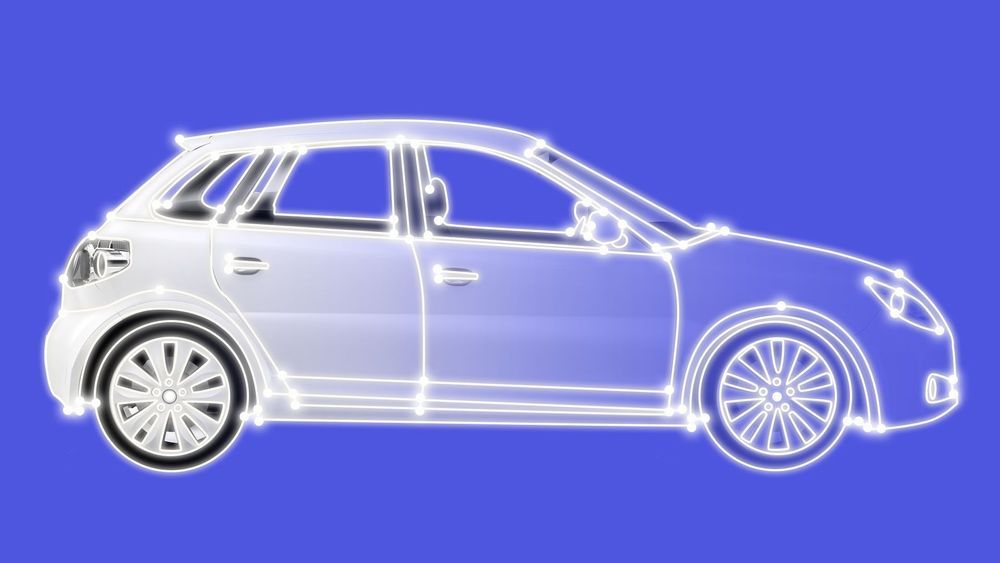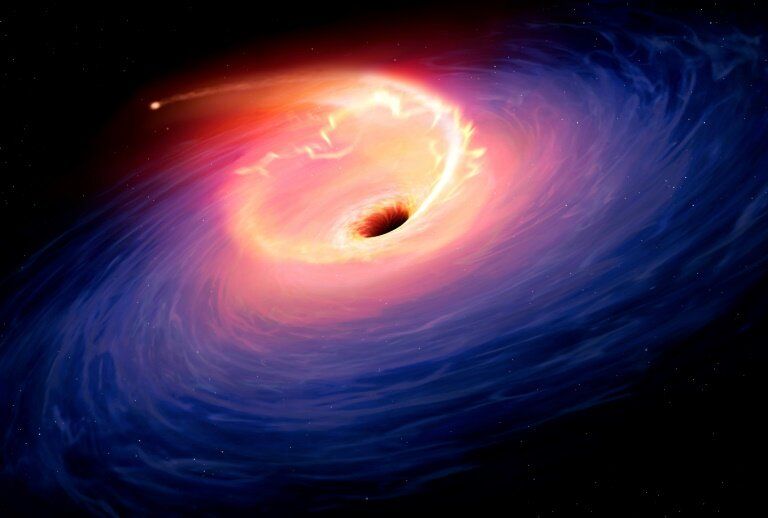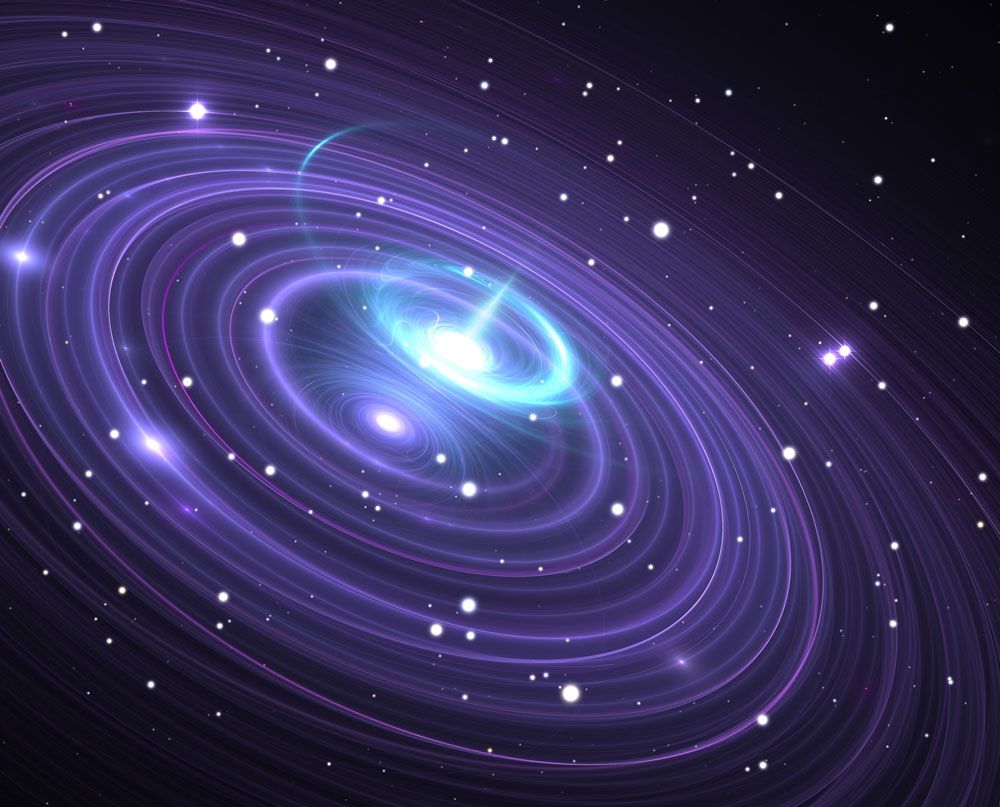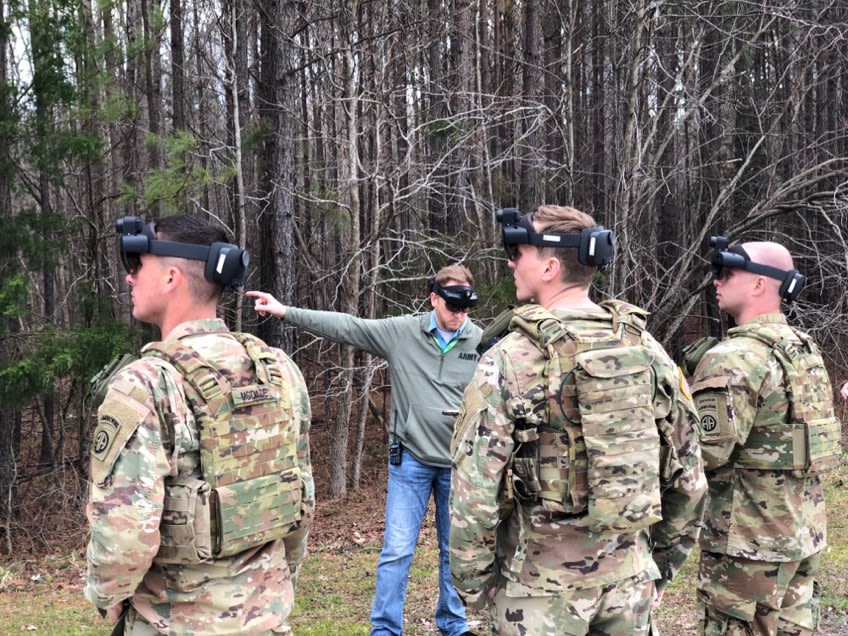Some newer info from Aubrey(Especially after 23 min) including published papers, spin out company investing, unity 300 million, and he is confident Project 21 will indeed get rolling in 2021 which is human trials.
Get the latest international news and world events from around the world.

Yesterday’s ISS resupply mission broke an incredible record
A resupply mission for the International Space Station, Progress MS-11, took off yesterday from the Baikonur Cosmodrome in Kazakhstan, eventually docking with the space station and providing its inhabitants with over 5,400 pounds of supplies. In many ways it was exactly like the countless resupply missions carried out before it, but in one way it was very special.
The mission, which was carried out by Russian space agency Roscosmos, took just three hours and 21 minutes to go from Earth to a successful docking with the ISS. That’s incredibly fast, and it’s actually now the fastest trip to the International Space Station ever, beating out the previous record (also set by a Progress resupply spacecraft) by a solid 19 minutes.

Scientists set to unveil first picture of a black hole
The world, it seems, is soon to see the first picture of a black hole.
On Wednesday, astronomers across the globe will hold “six major press conferences” simultaneously to announce the first results of the Event Horizon Telescope (EHT), which was designed precisely for that purpose.
It has been a long wait.


‘Molecular surgery’ gives pain-free operations
Usually, this kind of surgery involves cutting and suturing, which is painful and leaves scars. Now, researchers at Occidental College in Los Angeles and the University of California, Irvine, have reshaped tissue with no incisions or scarring, and minimal recovery time.
It could be useful for cosmetic surgery – such as reshaping a nose or ear – but also for problems such as immobile joints and poor eyesight.

Big Brother Meets Big Tech | Ep. 753
Not sure how to post only a segment, but I found the first segment of this video interesting on the discussion of regulatory oversight of Facebook.
Facebook looks to the government for help censoring viewpoints, the old guard Democrats clash with the socialists, and we check the mailbag!
To watch the full show live, become a Daily Wire premium subscriber; comes with your own Leftist Tears Tumbler!
To listen to this episode, subscribe to The Ben Shapiro Show on iTunes.
